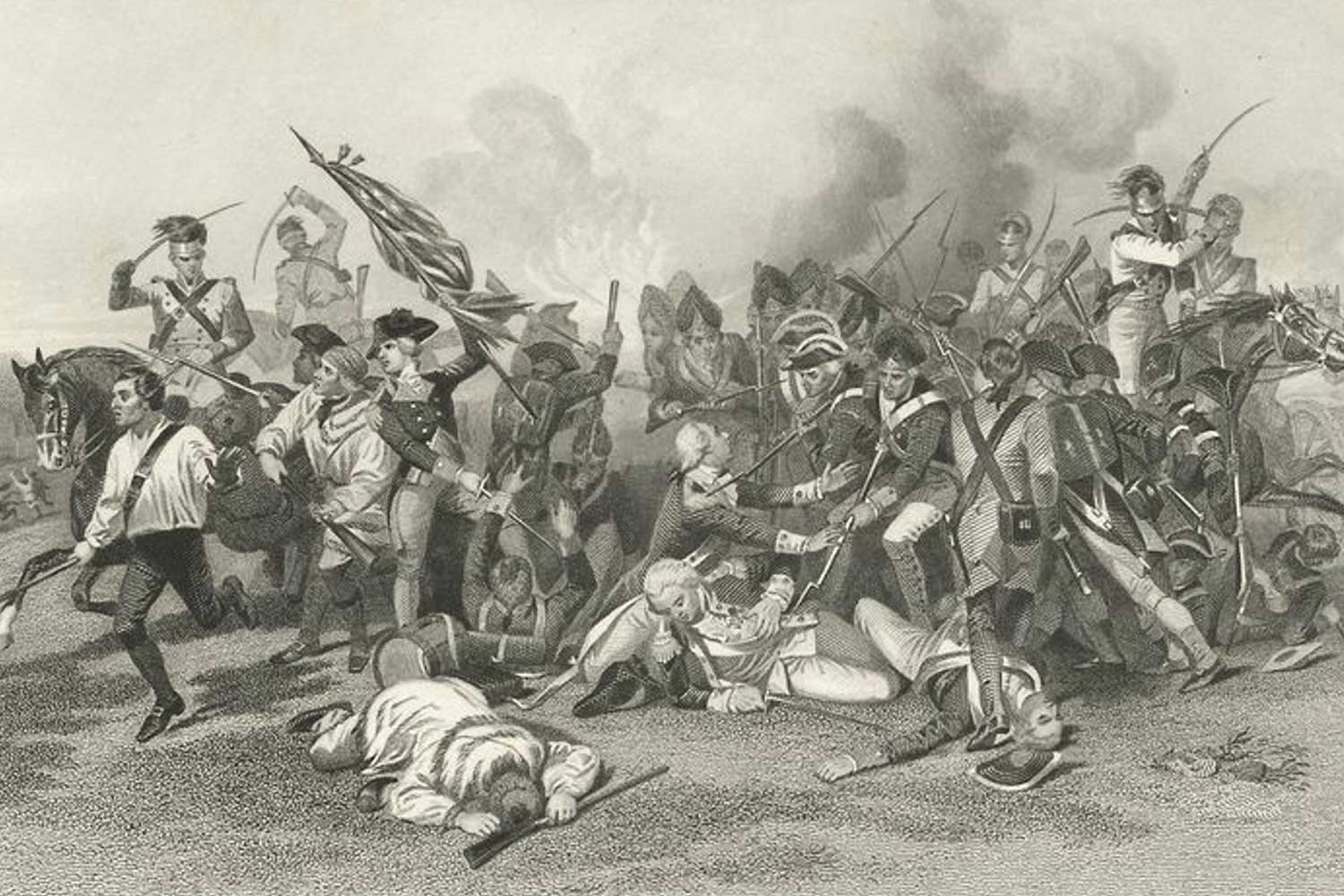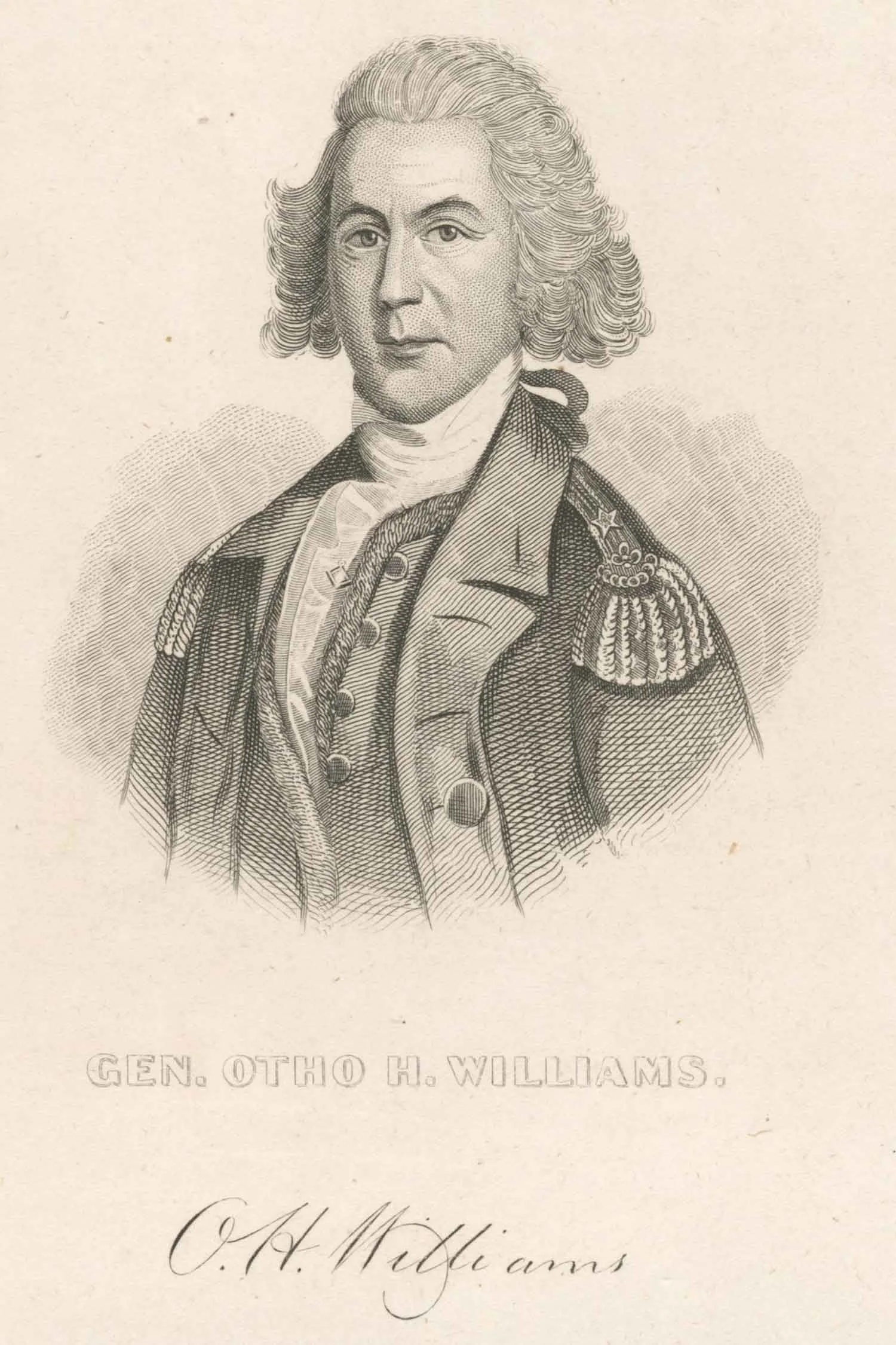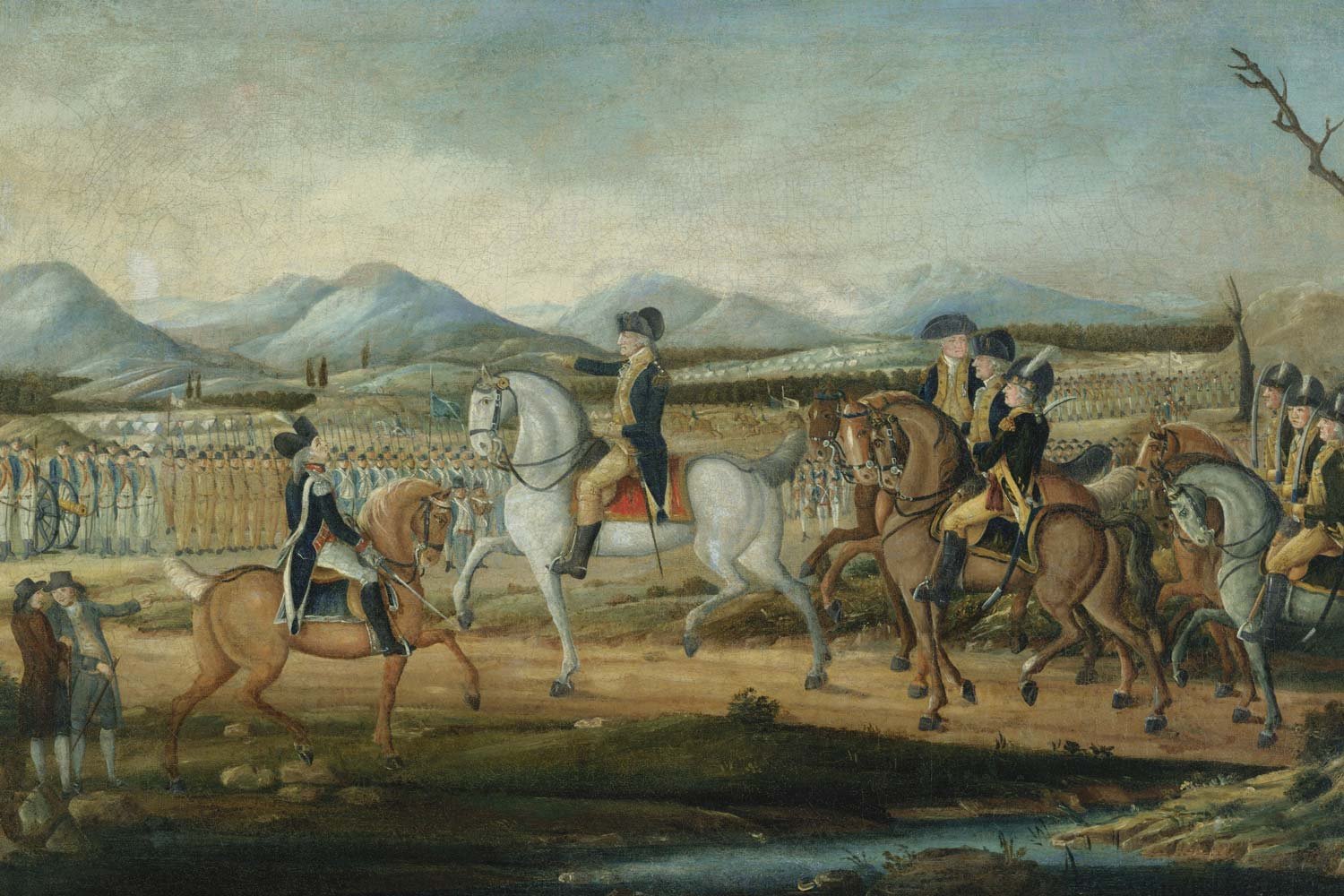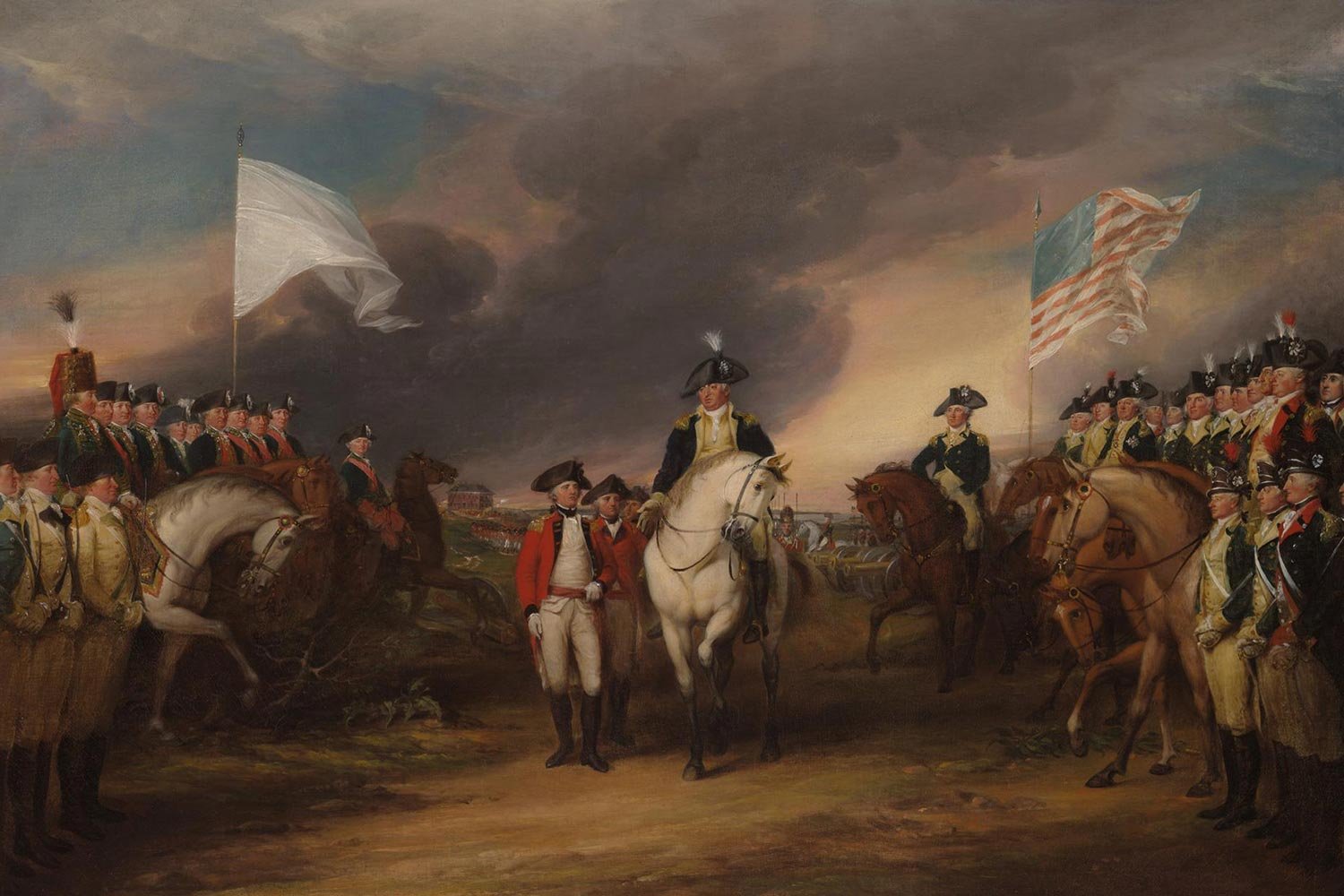British High Tide at Camden
As dawn broke on the morning of August 16, 1780, the British army under Lord Charles Cornwallis and the American southern army under Major General Horatio Gates were half a mile apart, preparing to do battle. It would be a short affair, but a costly one for the Americans.
The two armies were nine miles north of Camden, a small hamlet of eighty houses and the site of a major British supply depot. Coincidentally, Cornwallis and Gates had started out on the same road from their respective base camps at the same time, 10:00pm the previous evening. Both were hoping to bring their adversary to battle on ground favorable to them. As fate would have it, they bumped into each other on the road at 2:30am and, following a few scattered shots, the soldiers bedded down to await the dawn.
At first light, the two armies started moving into position. Gates deployed his 1,000 veteran Continentals on the right and the 1.900 North Carolina and Virginia militia on the left. Cornwallis had roughly 2,200 British regulars, seasoned professionals, at his command. He placed his best units, the Twenty-Third Royal Welsh Fusiliers and the Thirty-Third Regiment of Foot on his right, right across from Gates’s militia who had never fired a shot in battle.
At 5:00am, Colonel Otho Williams ordered an American artillery battery to open the action. As the Redcoats wheeled into position in response, the green American militia, watching in awe, began to think staying on the battlefield was not such a great idea. When the British were forty yards away, they fired a rolling volley at the Americans, and that was all it took.
“Gen. Otho H. Williams.” The New York Public Library.
First one Virginia militiaman and then another began to move towards the woods to their rear and farther away from the approaching British soldiers and their 18-inch bayonets. The thought was infectious and, amazingly, within seconds the entire Virginia regiment was gone.
The North Carolinians were watching all this transpire, and decided they would follow the Virginians’ example. Tossing their weapons and cartridge boxes to the ground to hasten their flight, these militiamen took to their heels and began to race rearward. With the sun just breaking through the pines and less than five minutes after Colonel Williams had fired the first cannon shot, the entire left side of the American line, roughly two-thirds of Gates’s army, had vanished.
In defense of these militiamen, they were not trained, professional soldiers, but rather farmers and tradesmen wanting to help secure America’s independence. They rallied to the cause with the best of intentions, but rarely proved trustworthy in battle. It is easy to be critical of them, but the thought of being shot at from forty paces or seeing a wall of cold steel bayonets would be enough to make most men run.
Despite being abandoned by the militia, the Delaware and Maryland Continentals, inspired by their commander, Major General Baron de Kalb, stood their ground and initially repulsed the British attacking them. De Kalb, perhaps the finest French officer in the Continental Army, fought like a man possessed. He was wounded eleven times, three bullets and eight bayonet wounds. To add insult to injury, when he was captured, lying on the ground in agony, British soldiers yanked him to his feet and stripped him of his officer’s jacket.
The British troops that were facing the militia now wheeled and hit the Continentals from the flank. The effect was devastating and soon the sheer number of the enemy caused these brave soldiers to surrender, and before 6:00am, it was all over.
General Gates was not around to see the conclusion of the battle. In fact, he left the battlefield fifteen minutes after the fighting started. When the militia fled the field and took the road north, Gates went with them, stopping briefly at Rugeley’s Mills about five miles from the battlefield.
Gates later claimed he went there to rally the troops, but he must not have tried too hard because he was soon back on his horse and heading further north. Importantly, Gates never informed DeKalb or any other Continental officer he was leaving. Gates did not stop his flight until four days later when he reached Hillsborough, North Carolina, 180 miles away.
When the fighting on the battlefield stopped, Cornwallis released his cavalry commander, Lieutenant Colonel Banastre Tarleton to pursue the fleeing Americans. Tarleton, a brilliant but ruthless cavalry commander, and his British Legion began pounding down the road after the militia. The pursuit continued for twenty-two miles, and militiamen surrendered by the score or were cut to pieces by Tarleton’s saber-wielding British Legion.
The final tally was catastrophic for the Americans; nearly 1,000 killed and wounded, another 1,000 captured, and the rest scattered to the four winds. In essence, the Continental Southern Army had evaporated and ceased to exist. By comparison, the Brits lost 64 killed and 245 wounded. As events proved out, this crushing victory would be the high-water mark of the British southern campaign. Soon, the tide would turn, and the resilient Americans would gain the upper hand.
Next week, we will discuss the Battle of King’s Mountain. Until then, may your motto be “Ducit Amor Patriae,” love of country leads me.












The only fighting in the Quasi-War occurred at sea, and mostly in the Caribbean. But with war at a fever pitch and French interests so close by in Louisiana, there was a very real concern in Congress about a possible French invasion of the United States from the west.